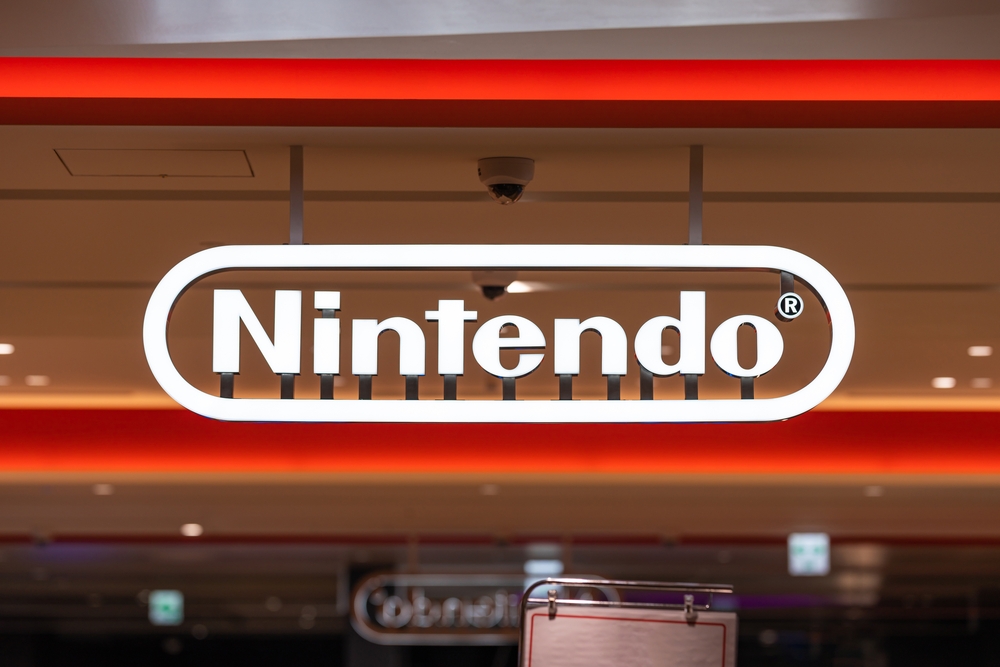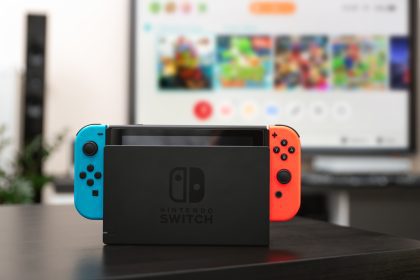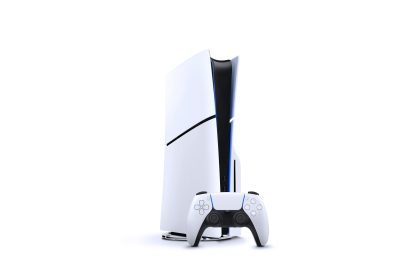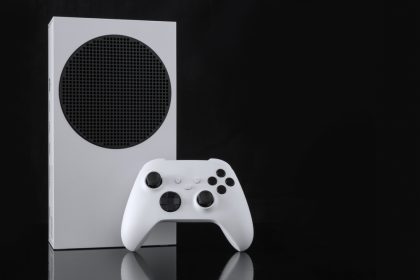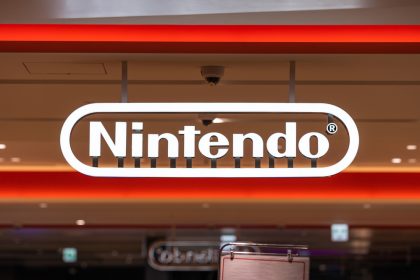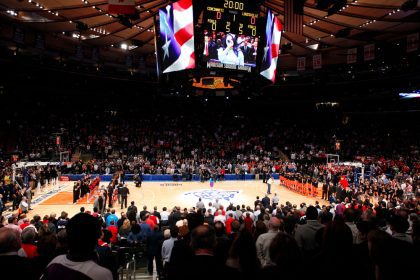The Nintendo Switch 2 was almost called the Super Nintendo Switch. This naming choice would have echoed Nintendo’s classic naming convention from the 16-bit era that captivated millions of gamers worldwide.
Fans got a closer look at the upcoming console at yesterday’s (02.04.25) Nintendo Direct, and Switch 2 producer Kouichi Kawamoto has revealed it could have been called the Super Nintendo Switch name – but the name was ultimately scrapped because it “didn’t feel right” to use the same naming convention as the SNES because of the Switch 2’s backwards compatibility. The presentation showcased several highly anticipated titles and features for the new system.
“There were a lot of ideas for the name, and we really struggled to find the right one,” Kawamoto explained as part of discussions for ‘Ask the Developer Vol. 16: Nintendo Switch 2 – Part 4’. “We even considered ideas like ‘Super Nintendo Switch’, However, Super NES (25), which came out after the NES (26), couldn’t play NES games. Since Switch 2 can play Switch games, it didn’t feel right to use the same naming convention as Super NES.” The naming process involved extensive discussions among Nintendo’s creative and marketing teams.
The developer added Nintendo didn’t want fans “to focus on the specs” of the Switch 2, but should instead “think of it as the latest system developed by Nintendo”. This philosophy aligns with Nintendo’s long-standing approach of prioritizing gameplay innovation over raw technical specifications.
“Switch 2 is a new system with improved performance, but we’d like players who get their hands on it not to focus on the specs, but rather to think of it as the latest system developed by Nintendo,” he continued. “So, in the hope that it becomes the new standard for Nintendo Switch, we named it Nintendo Switch 2.” The company hopes this straightforward naming approach will resonate with both existing Switch owners and newcomers to the platform.
The backwards compatibility feature represents a significant technical achievement for Nintendo, allowing players to access their existing Switch game libraries on the new hardware. This stands in contrast to the transition from NES to Super NES, where players needed to maintain both consoles to enjoy their complete game collections.
Nintendo‘s careful consideration of naming conventions reflects the company’s attention to its rich gaming legacy while acknowledging modern consumer expectations. The original Switch has become one of the most successful gaming platforms in history since its launch in 2017.
The Nintendo Direct presentation also showcased several upcoming titles designed to take advantage of the Switch 2’s enhanced capabilities, including new entries in beloved Nintendo franchises. Developers praised the new hardware’s balance of power and portability, with several noting that the transition from developing for the original Switch was remarkably smooth.
Gaming historians note that Nintendo’s naming decisions have always carried special significance within the industry. From the Family Computer (Famicom) to the Wii, the company’s product names often reflect its philosophy toward gaming and technology at that moment in time. The straightforward “Switch 2” name signals continuity and evolution rather than revolution.
Backwards compatibility ranks among the most requested features by console gamers, who often have substantial investments in game libraries. Nintendo’s decision to emphasize this feature in both the hardware design and naming convention aligns with this consumer priority.
The Switch 2 is expected to launch later this year, with more details about pricing and availability to be revealed in the coming months. The console’s predecessor redefined gaming by successfully merging home console and portable gaming experiences, a vision that the Switch 2 aims to refine and enhance.
Industry experts suggest that Nintendo’s focus on creating a natural evolution of the Switch rather than a completely new concept represents a strategic decision to build upon the platform’s established success while introducing new technologies and experiences to its dedicated fan base.
The gaming community has responded positively to both the naming decision and the backwards compatibility feature, with social media discussions highlighting appreciation for Nintendo’s player-friendly approach. Many fans have expressed relief that they won’t need to rebuild their game libraries from scratch when upgrading to the new system.

